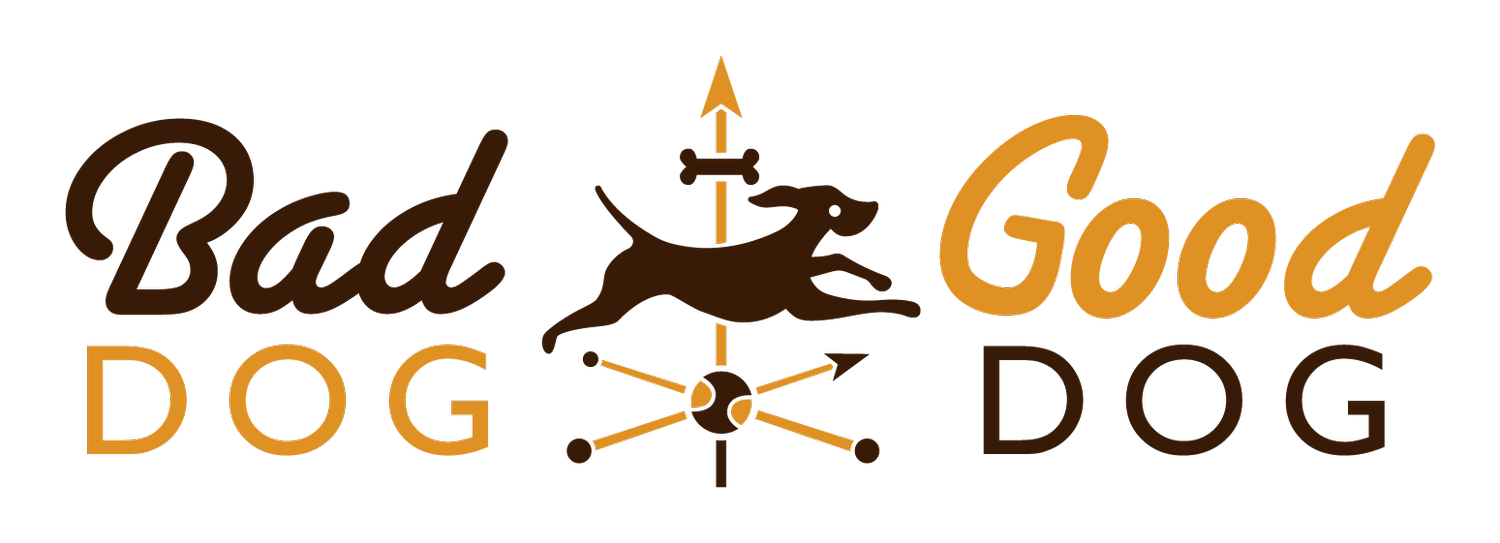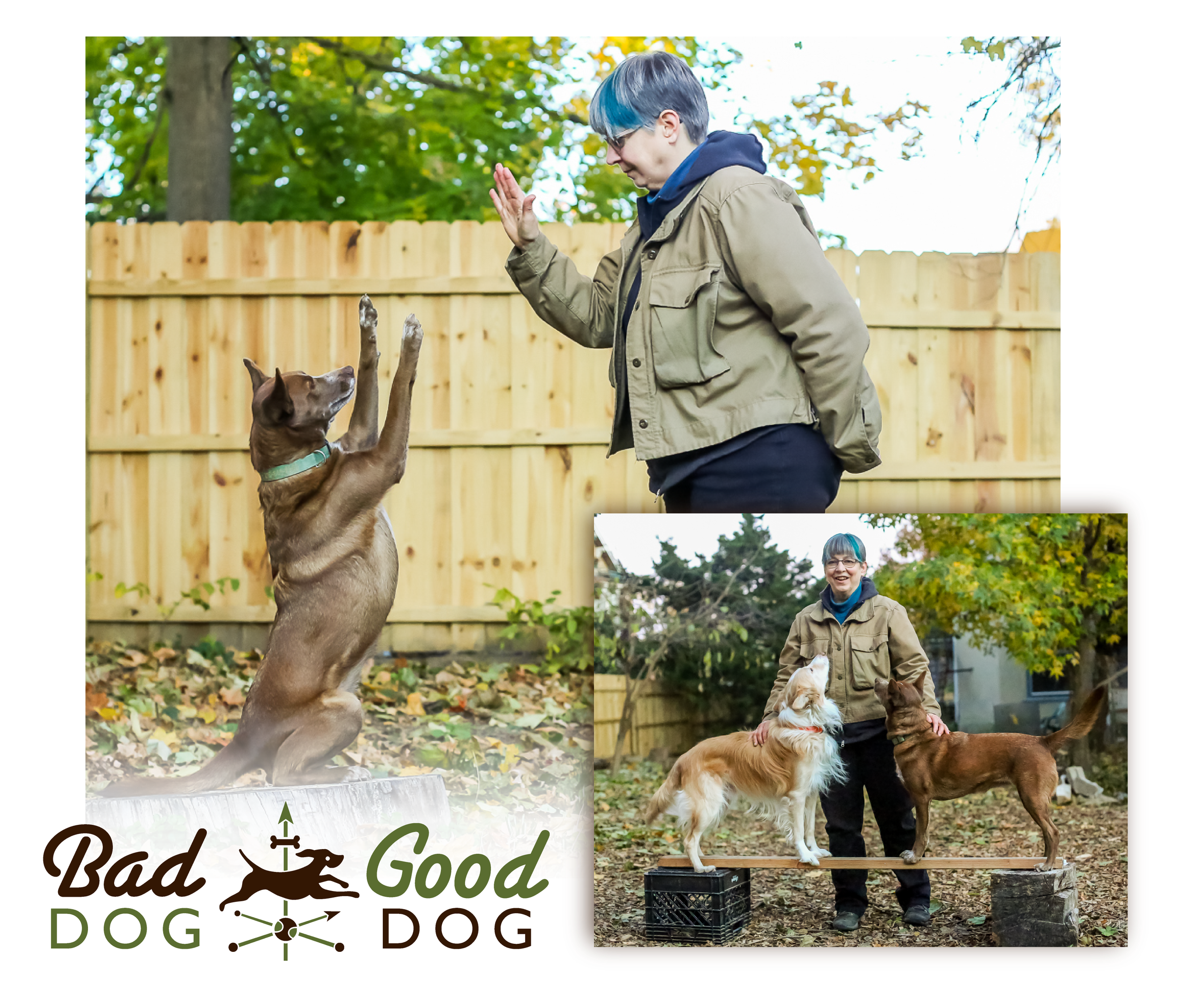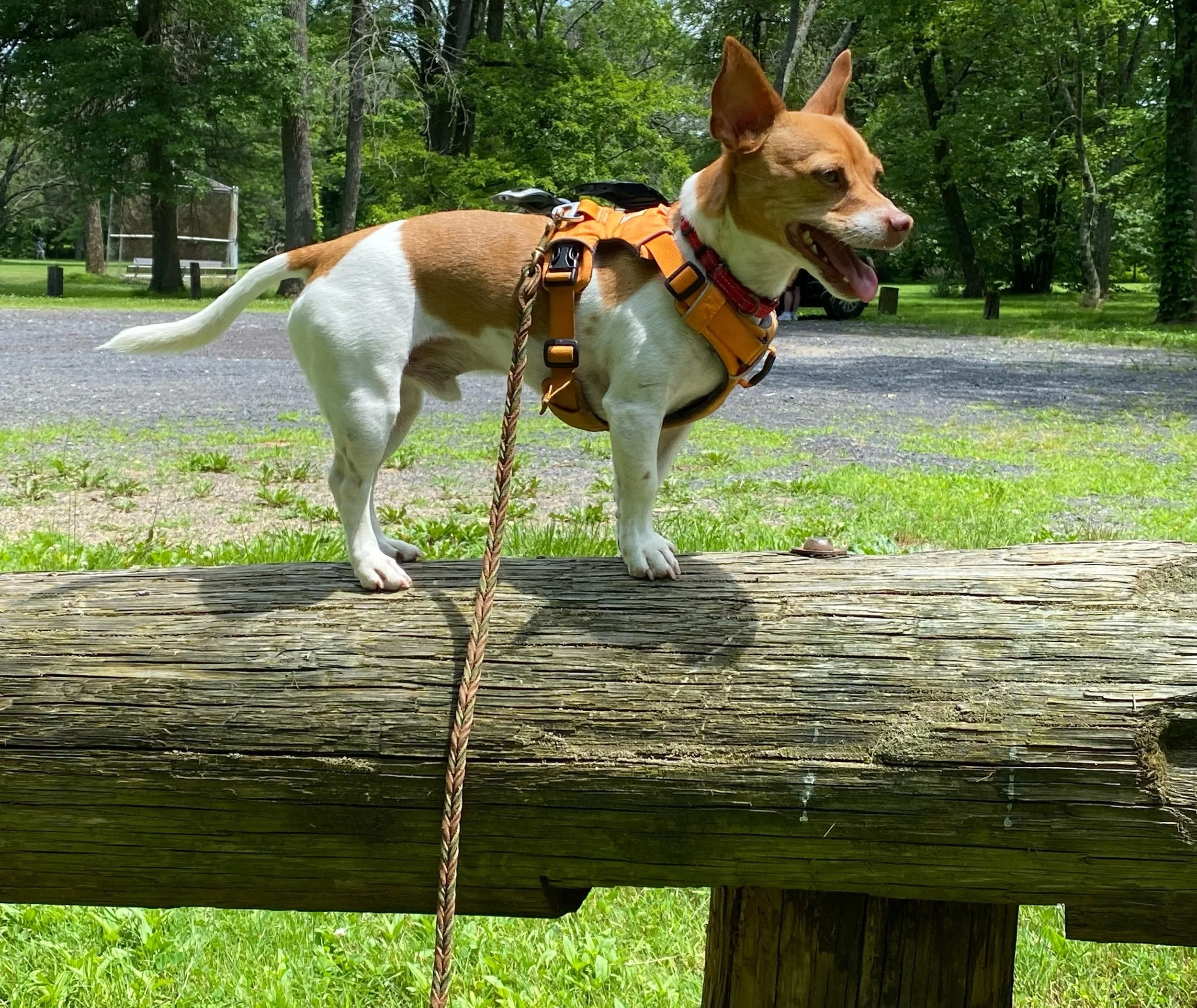About
I consider being a professional pet trainer my 3rd professional incarnation.
I have always gravitated to somewhat unconventional work starting out as a carpenter and then general contractor for 15 years.
That was followed by studying and working as a wildlife biologist, which indirectly led me to the job I had been searching for since I was 10 years old, working with people and their pets.

I believe …
that all pets are entitled to live a happy life free of unnecessary stresses.
While I started out working primarily with dogs, the positive reinforcement training methods I use, based on behavioral analysis and modification, work equally well with other animals. It’s as true for cats, birds, rabbits, and other species as it is for dogs.
I particularly like working with cats and find that when trying to help dogs and cats get along, it is just as important to work with the cat to facilitate the process.
The Beginning
I was a typical pet owner for the first 25 years as a dog owner.
My dogs were reasonably well behaved… sort of. They knew the basics, SIT, DOWN, STAY, and COME… at least when they felt like it. I had a couple who would play tug or fetch and others who couldn’t care less about toys. Mostly I just loved them.
For much of this time I was a professional carpenter and general contractor. Not the typical occupation for a woman, but then I tend not to do things in typical ways. I enjoyed my time working in construction but as I approached 40 I was ready for a change. I decided to follow my heart and went back to school to study wildlife conservation. I had always been interested in wolves and other large predators. I discovered it was really difficult to get into that kind of research in North America and was considering my options when the unexpected happened.
My husband was awarded a Fulbright to teach in Kyrgyzstan, a former Soviet Republic in Central Asia. At the last minute I decided to take a break from school to go with him for the sheer adventure of it. Once over there I discovered that they have lots of wolves, and golden jackals (similar to coyotes), and no one was doing any kind of wildlife research due to lack of funds and research infrastructure since the collapse of the Soviet Union. An idea was born… I would do research on wolves and golden jackals in Kyrgyzstan! There was one slight catch… I didn’t have a grant so I had to find a cheaper way to do it.


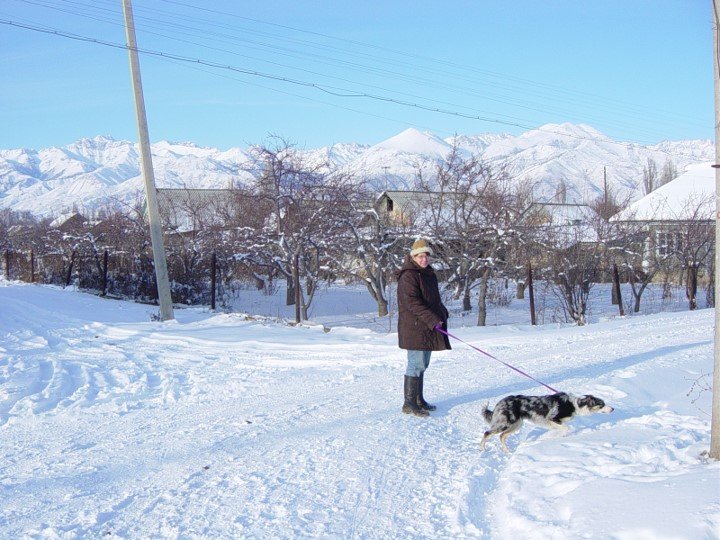
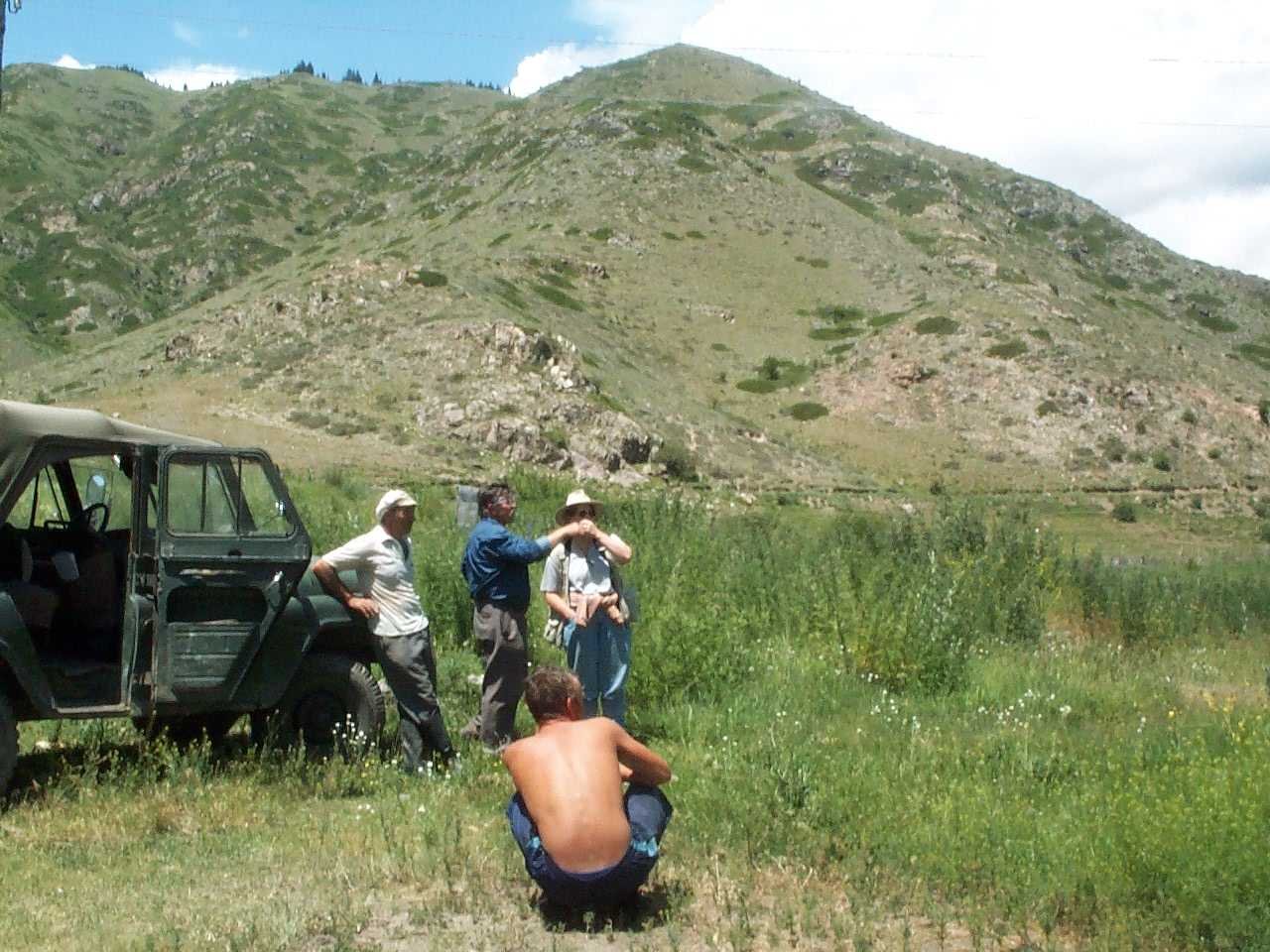

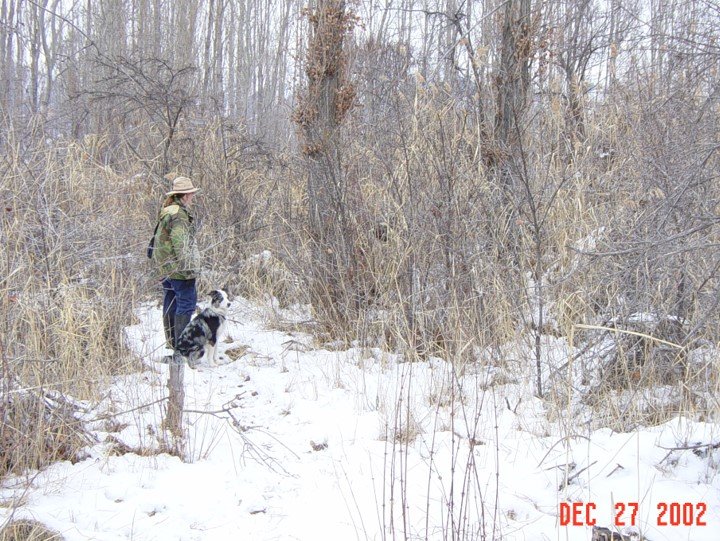
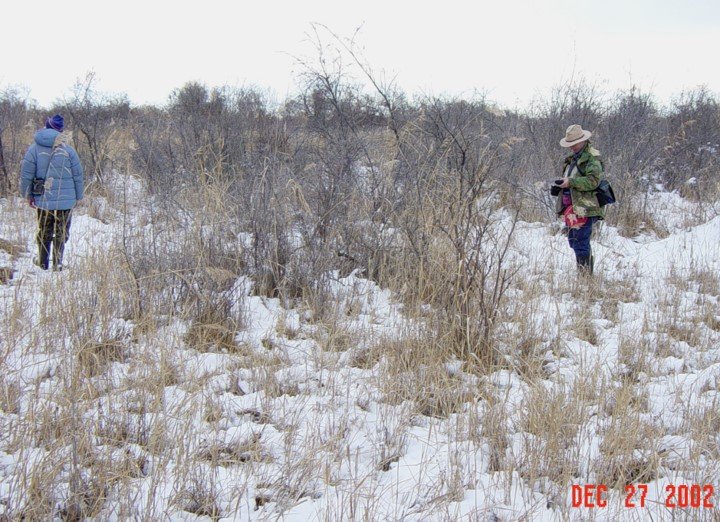


This was my AHA! moment!
I would get a dog and train it to find jackal and wolf scat (poop for the non-wildlife people out there) so I could map their trails and study their diets.
I had read a few articles about using dogs in wildlife research, a new technique at that time.
Of course, I knew nothing about training any kind of working dog, and even less about working a scent dog, but I did not let that deter me… and that is how it all began… Mara entered my life and I became a novice dog trainer.
The professional trainer I hired to help train me to train my dog found a one-year old border collie in rescue, my Mara.
She was my first border collie, and not only did I need to train her to do scent work, she came with just about every behavior problem a border collie can have… and smart dogs that they are, that is a lot. She knew nothing other than SIT and was so reactive to anything and everything that moved that I couldn’t walk her safely on the street. It was a nightmare!
It was a long journey, but ultimately a successful one. Mara became an excellent scent dog, found over 1000 samples of jackal scat for me and a lot of wolf scat as well. She lived and worked with me in Kyrgyzstan for 3 years and it was a wonderful 3 years.
She retired from working in the field at 5 years of age, but she continued to teach me how to keep a working dog busy and out of trouble when I was trying to finish my dissertation. Unfortunately for grad school but happily for me, working with her was much more successful than my never written dissertation. She led me to where I am now, working in a field that brings me great joy and satisfaction working with pets of all kinds.
Her journey from a being nightmare dog to the best partner ever was the best demonstration of what is possible for so many other pets out there. I still miss her.

Background & Expertise
Even though I ditched grad school, I kept my interest in science. I dove into investigating learning theory, different training techniques, behavior modification and functional analysis and classical and operant conditioning.
I read everything I could get my hands on in the new, exciting field of animal cognition and emotions. And I started going to conferences and workshops. I love it all.
The more I learn, the stronger I feel about positive training techniques as the only reliable and humane way to work with any animal and especially those we consider part of our families. It also led to my discovery that most animals are really more intelligent than we give them credit for and most pets are bored silly… often the cause of many undesired behaviors.

I love working with animals.
It is very satisfying helping a anxious new rescue dog become more comfortable and resilient, to help a dog and cat learn to get along and maybe even become play buddies, or to help a person learn to enrich a pet’s life to improve their relationship and learn how to play and work together.
I have worked with dogs, cats, chickens, macaws, goats, and miniature donkeys. I am always looking for opportunities to work with more species. Training my first chicken to do tricks was fun and she loved to show off for the neighborhood kids. I have learned that there is no animal that can’t learn, and the possibilities are limited only by our desires.
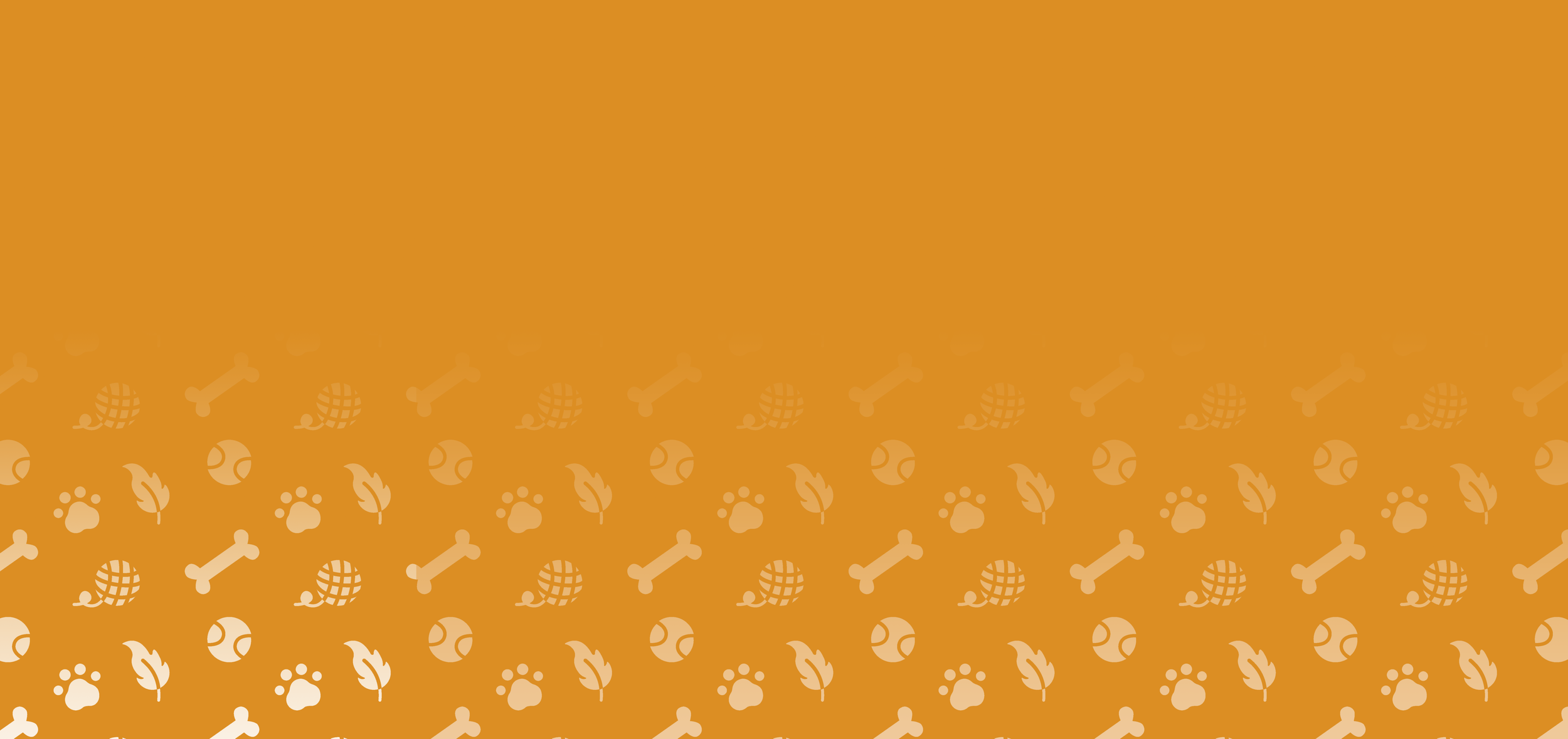
Testimonials
